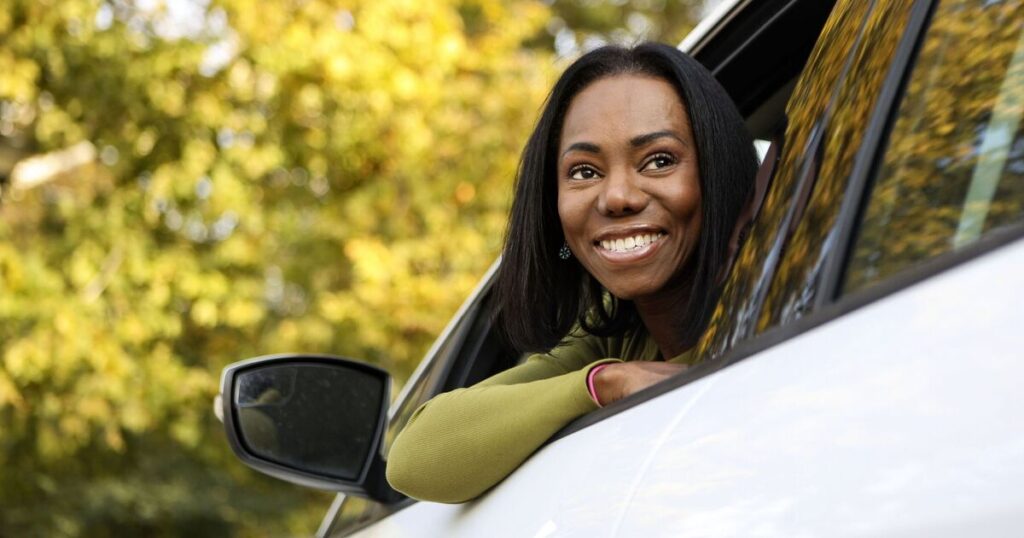
It’s widely understood that you should fasten your seatbelt when seated in a vehicle to prevent potentially fatal injuries during a collision. But, one mechanic is urging motorists to keep rear seatbelts secured even when no passengers are occupying them. Juan José Ebenezer, founder of the workshop bearing his name, shared his reasoning behind this unusual recommendation on social media.
He told his TikTok followers that a head-on crash can cause any unsecured items within the vehicle to become exceptionally hazardous. He emphasises that this becomes particularly critical when transporting cargo in the boot that might be propelled forwards owing to the sudden force during an accident.
Speaking originally in Spanish, Juan stated: « Fastening the belts on the back seats even when no one is there can save your life. What’s the practical reason for this, and why do so many people now say it’s necessary? ».
« First, you must understand what type of rear seats and anchorages your car has. Every car is different: some rear backrests fold, others don’t; some are bolted directly to the chassis, while others latch in place.
« For example, this Mercedes: The outer rear seat backs do not fold down, but the centre section does. It has a single, fairly robust latch and is the only fold-down part, providing access to the boot.
« In this Ibiza car, the backrest has brackets bolted directly to the chassis, and the rear seat back is a one‐piece unit. When latched, it forms a continuous, rigid wall anchored to the chassis. And in this BMW, the rear backrest can latch in different positions.
« It isn’t bolted to the chassis; instead, it locks using pin‐type latches. Of the three, this arrangement is the least secure. »
It’s crucial to understand that all vehicles are constructed differently. Due to this, you might discover that your rear seats don’t fold down whatsoever, which could dramatically minimise the danger of something in the boot being propelled to the front of the vehicle during a crash.
Nevertheless, if you’re unsure what to look for in your vehicle, you can still lower the chance of harm by securing the rear seatbelts, even when they’re not being used.
Juan continued: « When does belting the rear seats matter most? In a frontal impact, when everything in the boot or behind you tries to move forward due to inertia.
« That’s when loose items can become dangerous projectiles. In a rear impact, the load tends to move backwards, so the risk from boot contents entering the cabin is lower. So you won’t benefit from fastening the belts in every scenario, but when in doubt, my advice is that a little more safety never hurts.
« Buckling all the belts and leaving them fastened is one more layer of protection. It’s better to have it and not need it than to need it and not have it. »
